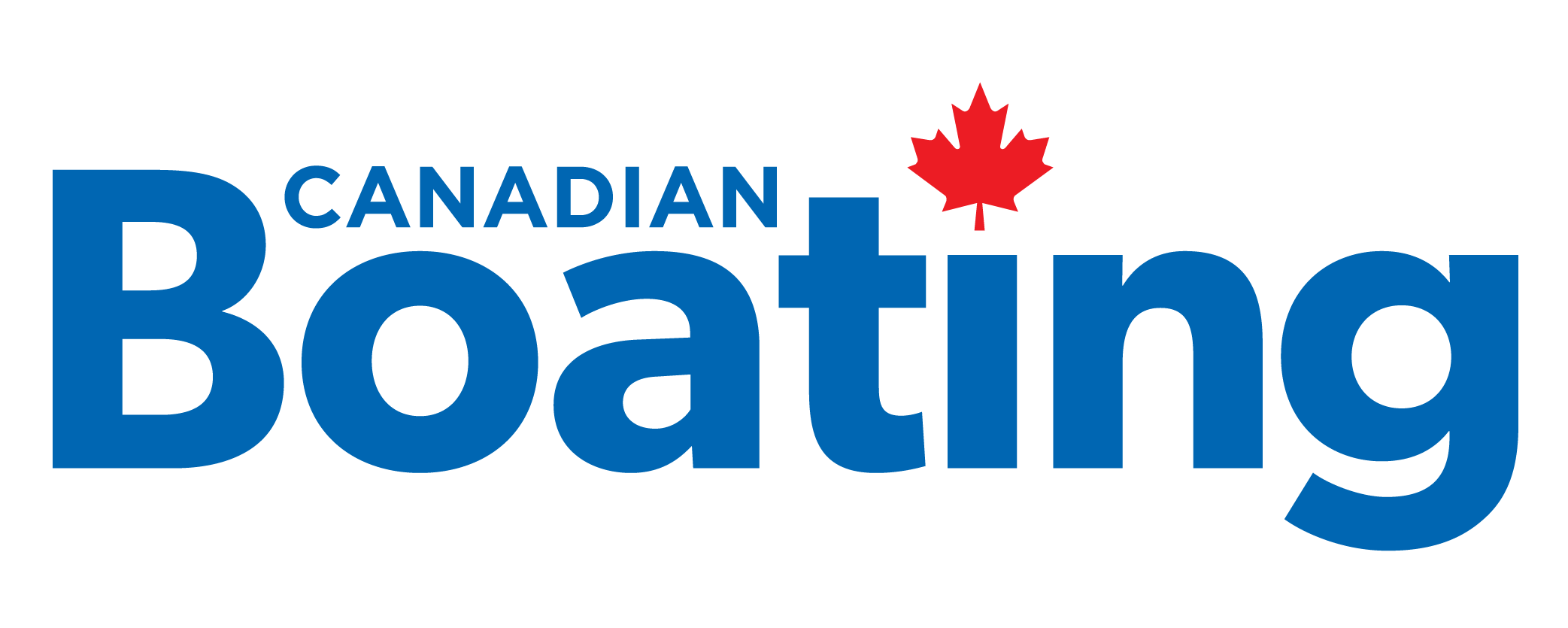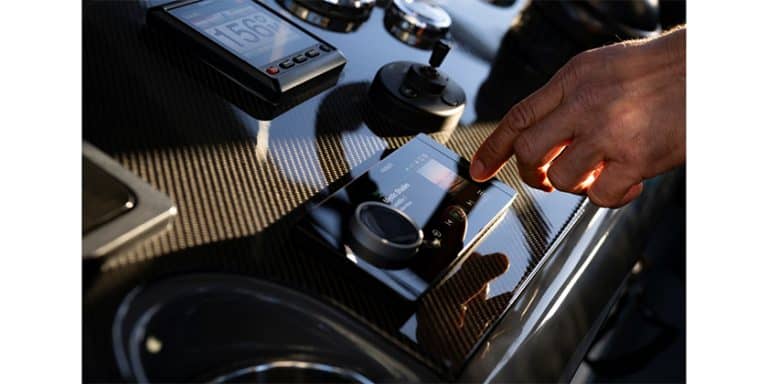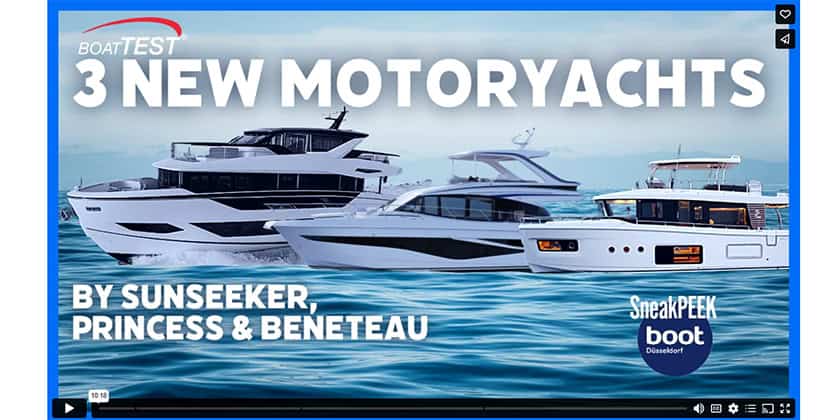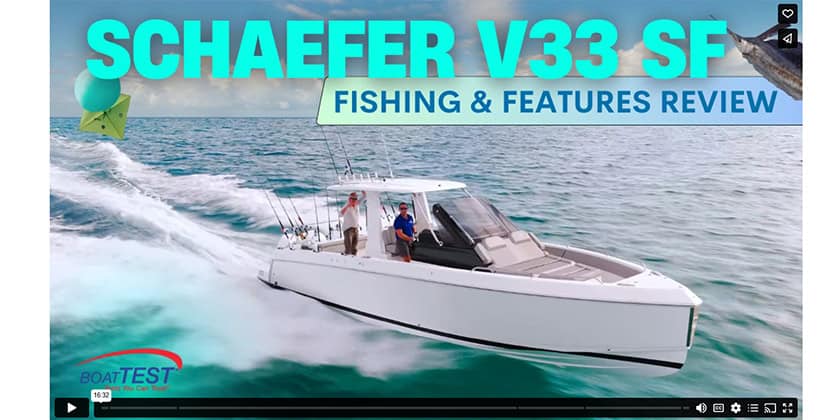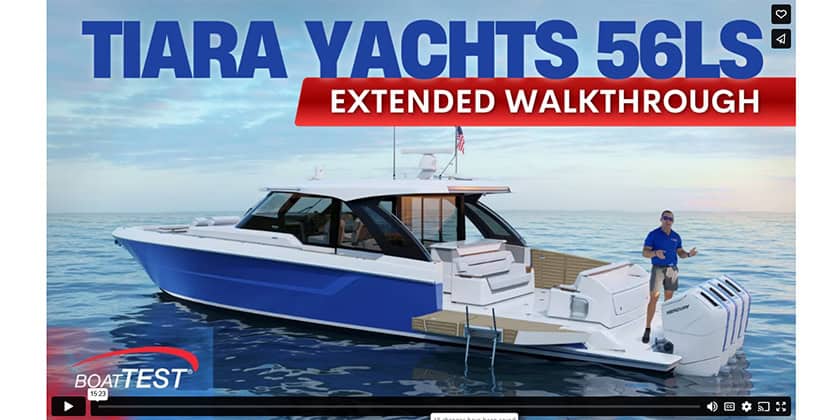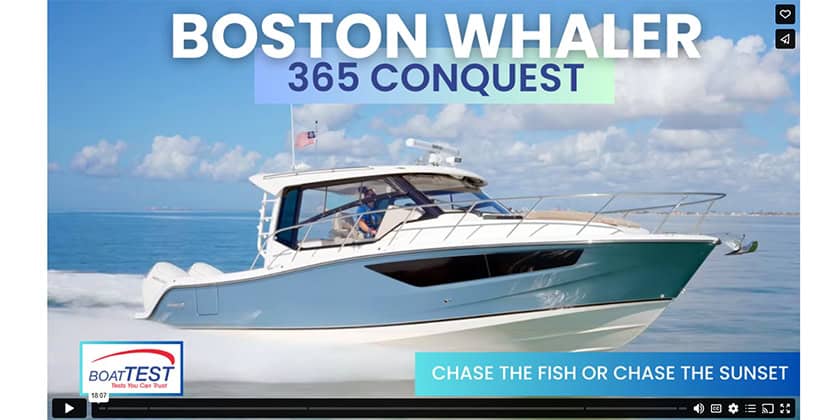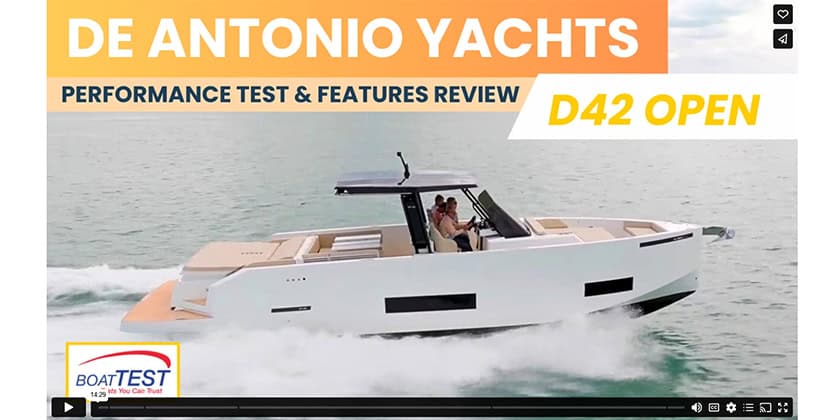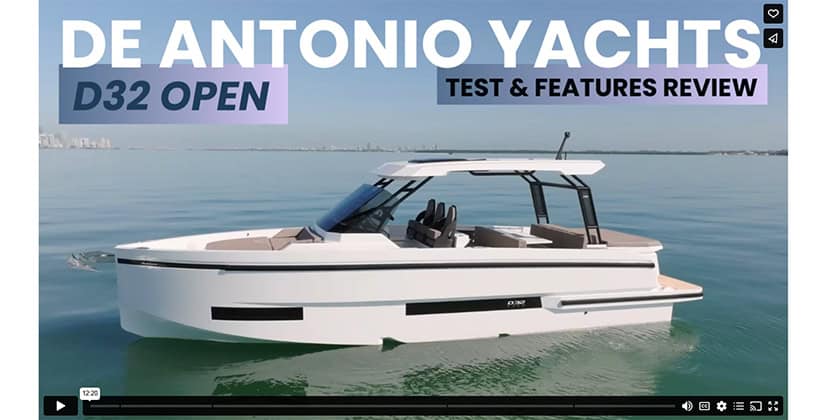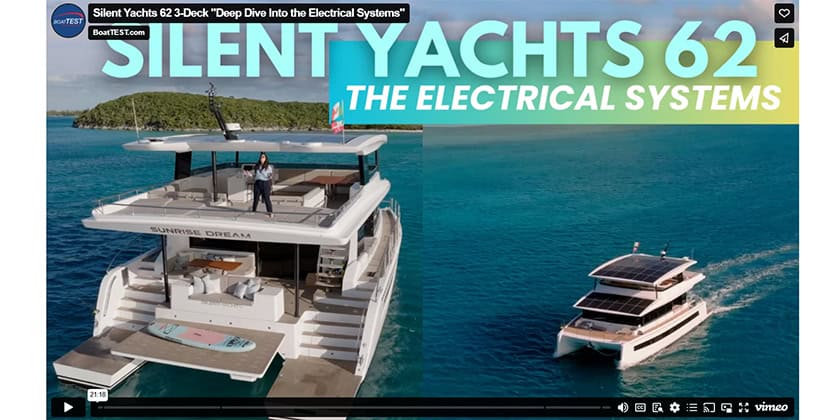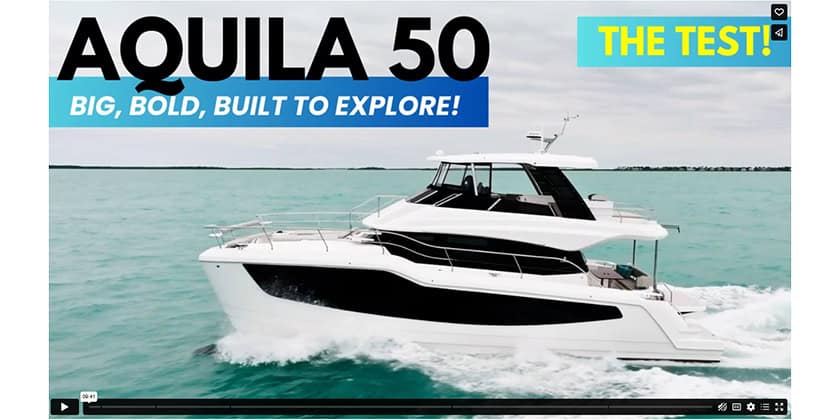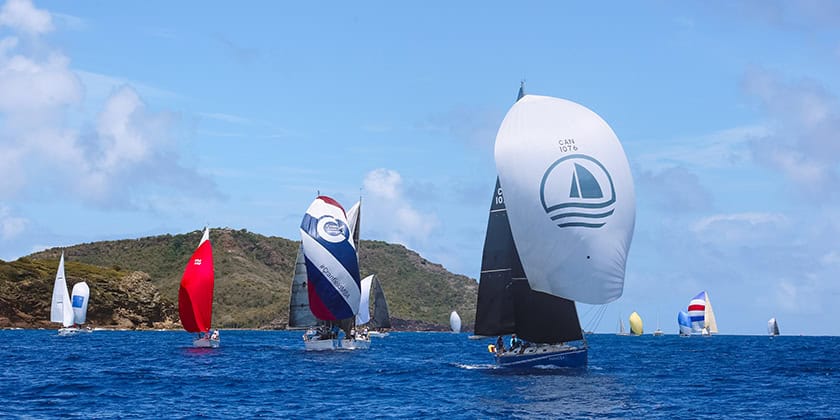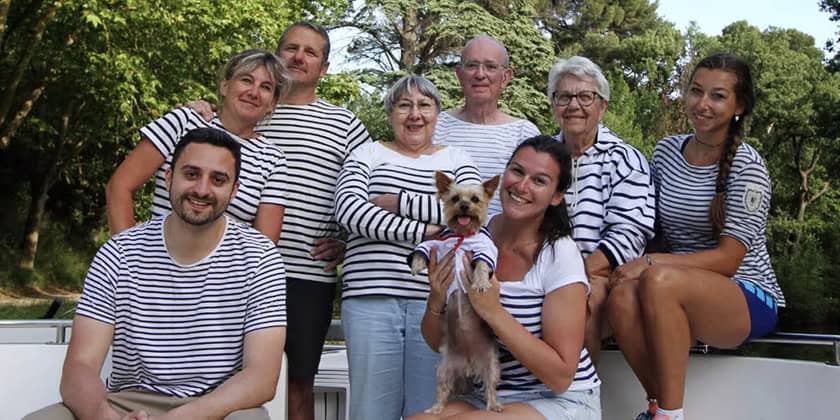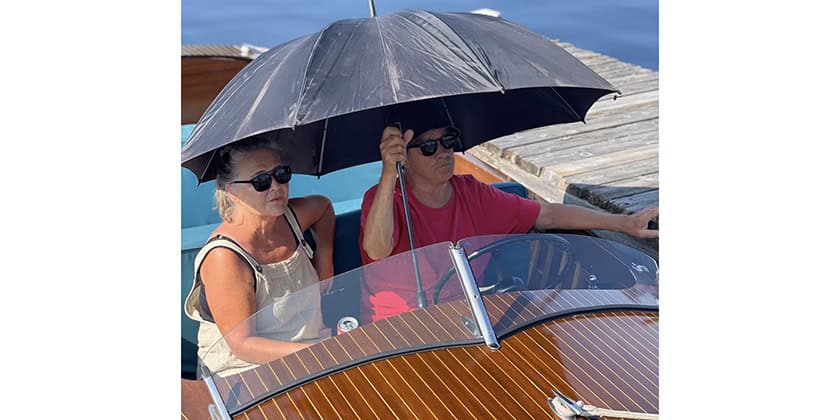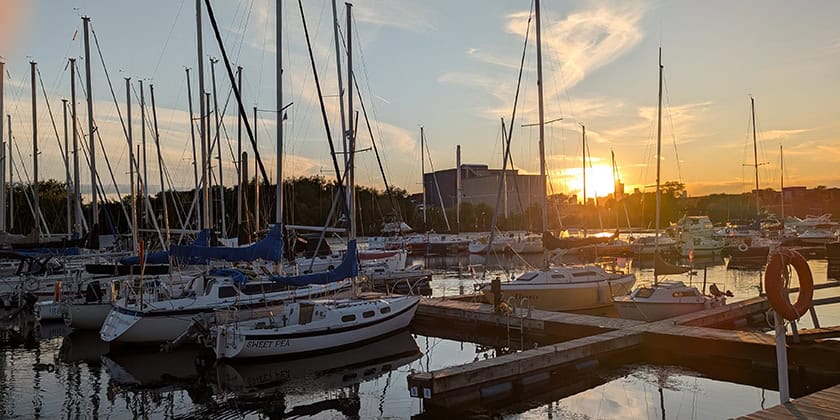Going iPad With Electronic Marine Navigation With Owen Hurst

By: Owen Hurst
The ability to accurately navigate is essential for any hardened mariner or recreational boater. Once that meant mastering instruments like a mariner’s compass, astrolabe or sextant. Thankfully the days of manual navigation are long behind us, replaced by electronic equipment designed to make navigation easier and more accurate. We are now witnessing yet another progression in the technology for marine navigation.
Our question:
The time had come for the reader to upgrade his aging chartplotter and he was curious about the advantages and disadvantages of using a tablet for marine navigation.
Our answer:
There is still a good deal of hesitancy and lack of understanding as to whether a tablet can fully replace existing navigation equipment. Quite simply put the answer is yes!
But we are still left with questions of which tablet to use; what apps are best; how accurate are they; how do they connect to GPS when out on the water; can they stand up to the elements; do they have the same features as standard navigation equipment (AIS, chart updates. . .); can they work with autopilot systems; and what are the costs of the tablet and required apps in comparison to standard equipment? we will address all these concerns over the next few months.
Which is the better for navigation purposes, iPad or Android? Having looked at both, and the navigation apps available for them, the clear winner is iPad! First, iPad has a simple and direct user-friendly interface and the broadest functionality in terms of use beyond navigation. Second, of the numerous navigation apps available iNavX, available for iPad but not Android devices, is far superior when compared to alternative navigation apps. But that is a topic for future discussions!
Note that all iPads are not the same. Google ‘iPad GPS connectivity’ to be flooded with debates on their GPS capabilities. I called Apple to get to information straight from the source. After an hour on the phone I still don’t have a definitive answer, but was given suggestions about using an iPad for offshore marine navigation.
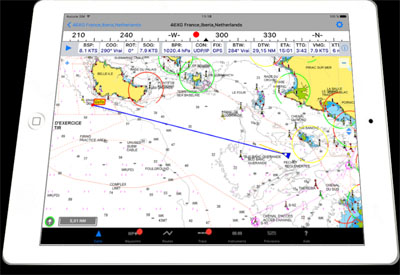
Although there are several models, we can group them into iPads that have wi-fi connectivity only and those that have cellular connectivity. If you want to go buy an iPad today, download iNavX and be on the water in the afternoon you will need to get the latter, with either a 3G or 4G connection. Although cellular service ends not far offshore, cellular packages mean better GPS connectivity always. However, Apple was very careful when I asked about this, saying that they recognize the further offshore one goes the less reliable GPS may become. They specifically said it should work. I came back with should work or will work? They stuck with should!
Apple did however provide a solution to this issue. It was recommended that I purchase a wi-fi only iPad and attach a third-party adapter that either plugs directly into your iPad or connects via Bluetooth, such as a Bad Elf GPS for lighting connector or a Dual XGPS170. With an external GPS connector Apple confirmed that an iPad’s GPS would be far more accurate and functional anywhere! This obviously is an additional cost, but does save on paying for a monthly cellular package, and guarantees connectivity.
Next month: why iNavX is the best app for marine navigation. We will consider cost, a full overview of the app’s capabilities, and user experiences. If you have any questions, opinions or experiences with the use of this app let us know. And remember to enjoy watching the horizon while on the water, let your equipment worry about what’s beyond it!!
Contact: OwenHurst@Kerrwil.com
